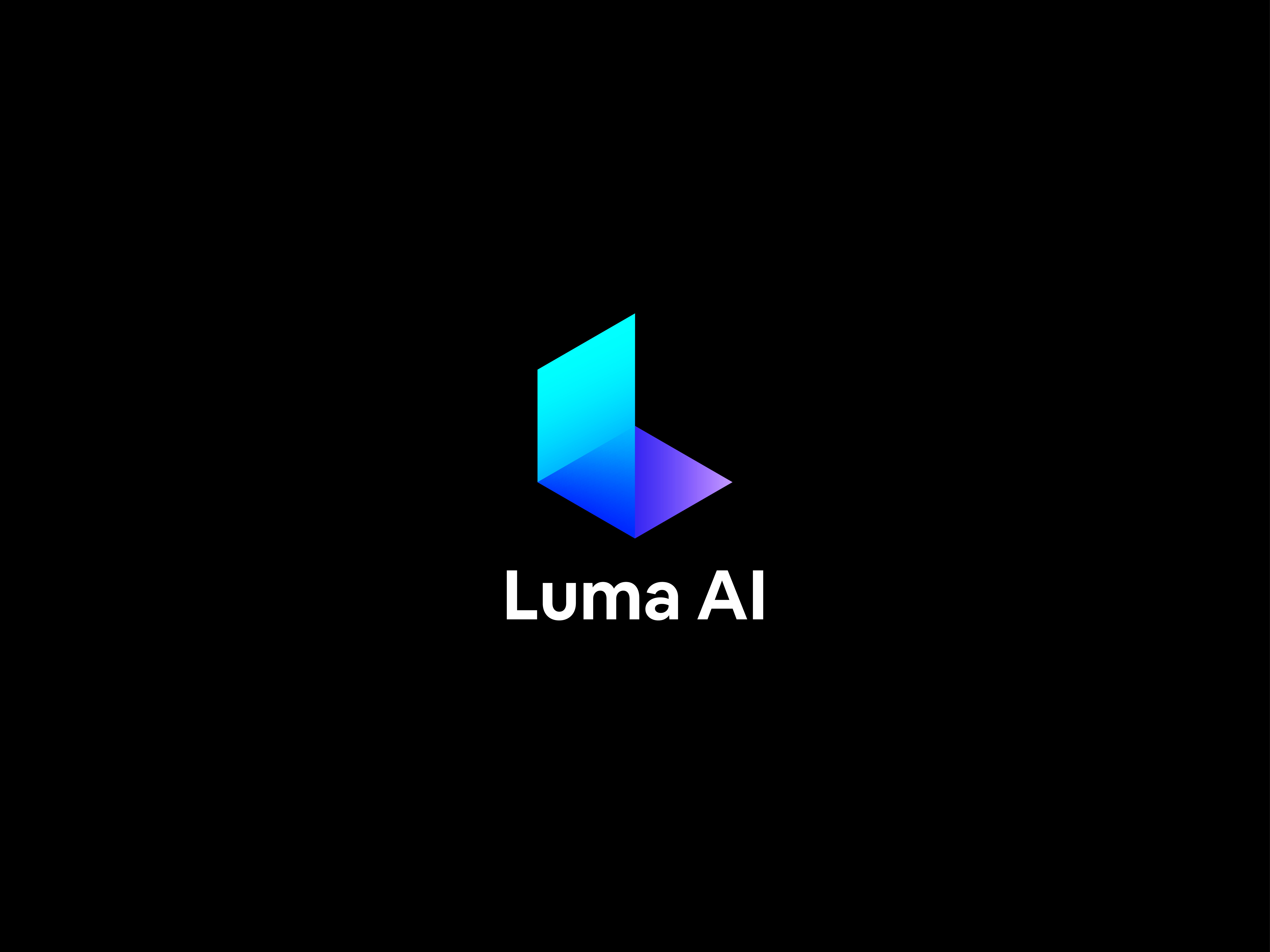
Luma AI: Complete Buyer's Guide
Democratizing 3D content creation
Luma AI is a neural rendering platform that transforms 2D inputs into photorealistic 3D models and videos through advanced AI architecture. The company positions itself as a democratizing force in 3D content creation, enabling rapid asset generation from smartphone captures and text prompts without traditional modeling expertise.
Market Position & Maturity
Market Standing
Luma AI occupies a specialized position within the emerging neural rendering segment, differentiating from both comprehensive design platforms and traditional 3D modeling tools.
Company Maturity
Market Maturity Indicators suggest early-stage positioning with focused capabilities rather than comprehensive platform maturity.
Growth Trajectory
Growth Trajectory evidence remains limited in available research, though the platform's focus on democratizing 3D content creation aligns with broader market trends toward AI-powered design tools.
Strategic Partnerships
Strategic Partnerships and enterprise relationships appear limited compared to established vendors with comprehensive ecosystem positioning.
Proof of Capabilities
Customer Evidence
E-commerce implementations show substantial time savings in product visualization workflows, with the mobile-first capture approach enabling rapid product documentation particularly valuable for organizations requiring frequent catalog updates [147].
Quantified Outcomes
Performance Validation through testing data indicates 3.2-minute median processing time for 10-second videos, outperforming competitors like Meshy.ai in detail retention while maintaining superior photorealism for single objects [138][144].
Case Study Analysis
Architectural Applications provide concrete evidence of field deployment success, with iOS app functionality supporting on-site 3D scanning for field designers [147][150].
Market Validation
Market Validation appears through documented use cases in product launch campaigns, where organizations utilize Luma's video generator to create launch assets within hours [142][148].
AI Technology
Luma AI's technical foundation rests on two proprietary AI systems delivering differentiated capabilities for rapid 3D content creation. The Photon image generation system leverages neural radiance fields (NeRF) technology to achieve 8× efficiency compared to comparable models [143][147].
Architecture
The cloud-based architecture provides scalability advantages but creates limitations for organizations requiring strict data localization due to compliance requirements [144][148].
Primary Competitors
Competitors like Adobe and Autodesk leverage existing creative suite integration, while Meshy demonstrates stronger character generation consistency [138][149].
Competitive Advantages
Accessibility Differentiation emerges through the freemium model offering 30 monthly generations at no cost, significantly lowering entry barriers compared to enterprise solutions requiring substantial GPU investments [136][140].
Market Positioning
Market Positioning Strategy focuses on rapid iteration and concept validation rather than production-grade asset creation [143][147].
Key Features

Pros & Cons
Use Cases
Integrations
Pricing
Featured In Articles
Comprehensive analysis of AI 3D Mockup Tools for AI Design for AI Design professionals. Expert evaluation of features, pricing, and implementation.
How We Researched This Guide
About This Guide: This comprehensive analysis is based on extensive competitive intelligence and real-world implementation data from leading AI vendors. StayModern updates this guide quarterly to reflect market developments and vendor performance changes.
151+ verified sources per analysis including official documentation, customer reviews, analyst reports, and industry publications.
- • Vendor documentation & whitepapers
- • Customer testimonials & case studies
- • Third-party analyst assessments
- • Industry benchmarking reports
Standardized assessment framework across 8 key dimensions for objective comparison.
- • Technology capabilities & architecture
- • Market position & customer evidence
- • Implementation experience & support
- • Pricing value & competitive position
Research is refreshed every 90 days to capture market changes and new vendor capabilities.
- • New product releases & features
- • Market positioning changes
- • Customer feedback integration
- • Competitive landscape shifts
Every claim is source-linked with direct citations to original materials for verification.
- • Clickable citation links
- • Original source attribution
- • Date stamps for currency
- • Quality score validation
Analysis follows systematic research protocols with consistent evaluation frameworks.
- • Standardized assessment criteria
- • Multi-source verification process
- • Consistent evaluation methodology
- • Quality assurance protocols
Buyer-focused analysis with transparent methodology and factual accuracy commitment.
- • Objective comparative analysis
- • Transparent research methodology
- • Factual accuracy commitment
- • Continuous quality improvement
Quality Commitment: If you find any inaccuracies in our analysis on this page, please contact us at research@staymodern.ai. We're committed to maintaining the highest standards of research integrity and will investigate and correct any issues promptly.